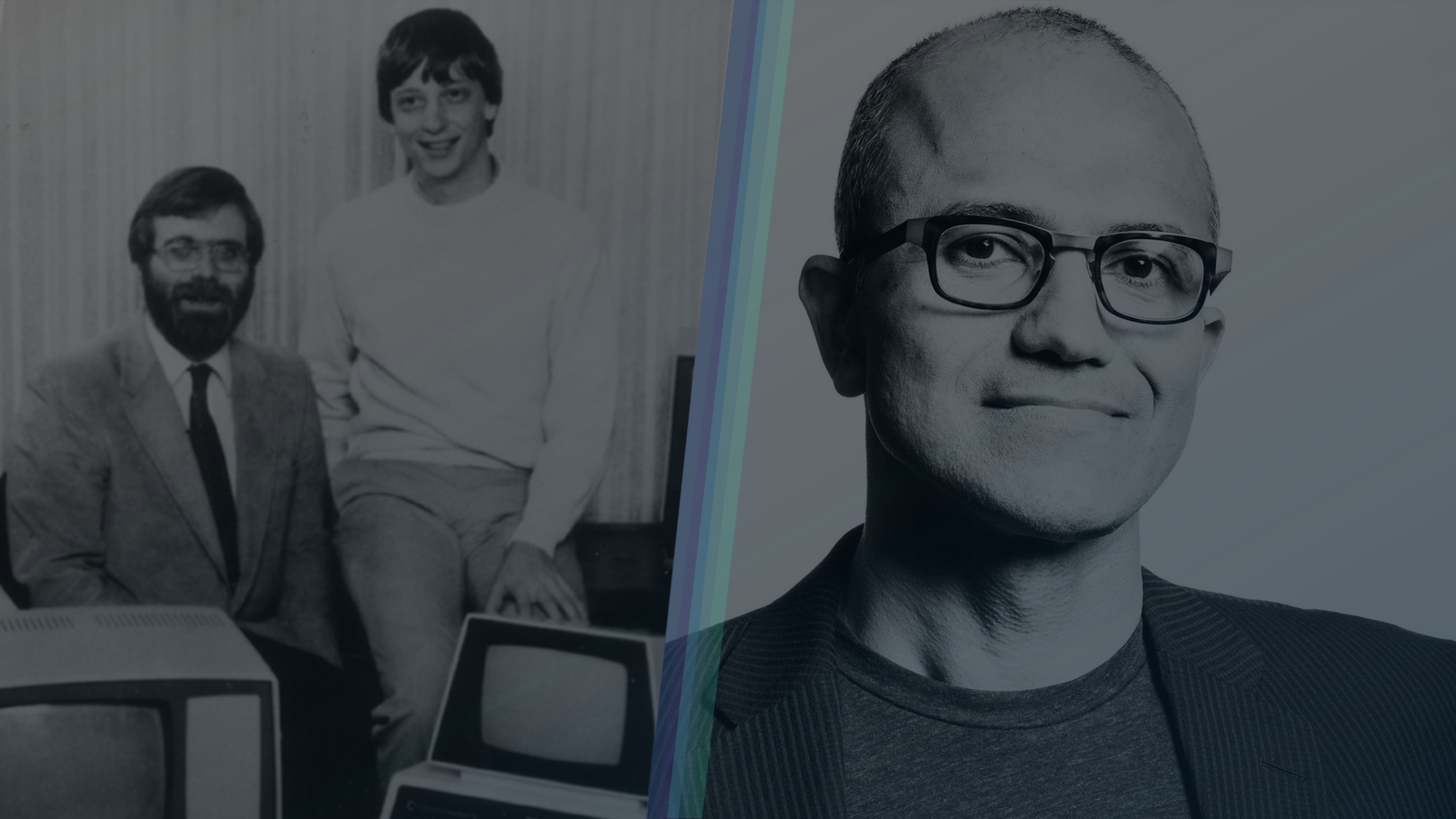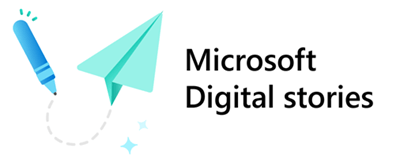
The digital transformation of Microsoft spans the entire personal computing revolution, from the days of DOS and early Windows desktops, through our journey to the Azure cloud, to our modern engineering era highlighted by the rise of AI. The company has grown into a global organization with more than 220,000 employees, all relying on us in Microsoft Digital—the company’s IT organization—to provide the tools, technologies, and solutions that empower them to accomplish more every day.
The need for digital transformation
The history of information technology is one of constant evolution, and the pace of change has never felt greater than it does right now. The AI capabilities and other groundbreaking innovations unveiled in the last few years show the potential to radically transform our world and change the way we think about and operate all IT services.
When the world pivoted to remote online work and collaboration because of the COVID-19 pandemic, it was just one example of how digital transformation doesn’t always happen in a straight line or on a predictable schedule. Our company’s history of shaping and adapting its IT organization to the latest challenges faced by employees and partners is no different; marked by bold decisions and strategic shifts that reflect our ever-changing world.
Mapping our IT journey
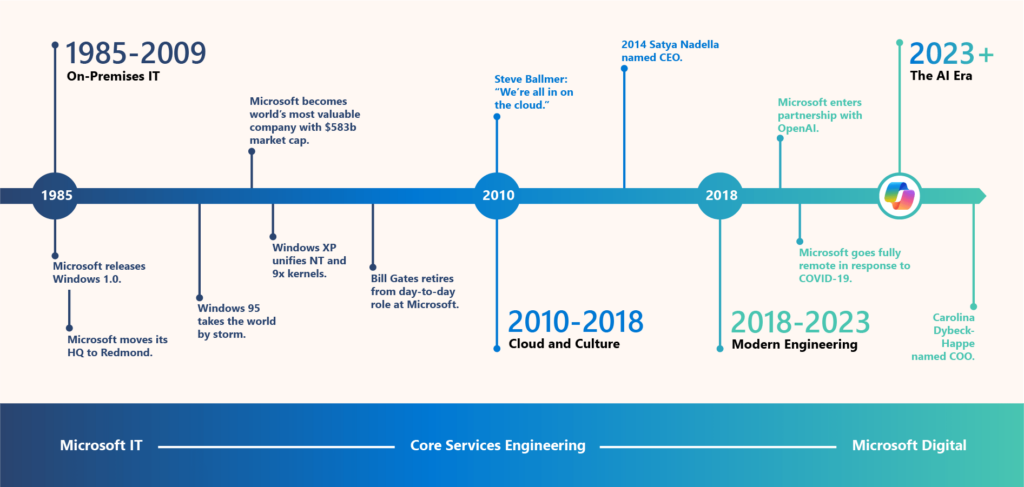
Today, Microsoft Digital is the team that powers, protects, and transforms the digital employee experience across all devices, applications, and hybrid infrastructure at the company. Using our deep knowledge and experience in enterprise IT, we’re pivoting to help lead the company’s AI transformation while enabling our customers to take advantage of this generational opportunity to reshape their businesses and IT operations.
To understand where we’re going, it helps to take a look at where we’ve been. This article explores the details of the major eras of our IT history, and the shifts to examine the trendlines and technological innovations that are shaping Microsoft Digital today.
On-premises IT (founding to 2009)
It’s useful to break the history of our IT operations into different eras. For the first three decades or so from its founding in 1975, Microsoft operated with on-premises IT systems. This era was characterized by the setup, operation, and maintenance of onsite physical technology—servers, datacenters, and other hardware infrastructure.
During this time, IT roles were narrowly defined. IT team members functioned primarily as “order-takers,” with limited influence over strategic decisions.
Because funding was inconsistent, our IT organization had limited growth opportunities and relied on vendors for development work. Gaps were filled in with “shadow IT” efforts, where other internal teams would procure their own hardware without formal IT approval or standards.
We established security as an early priority for the company. Co-founder Bill Gates launched the Trustworthy Computing initiative more than two decades ago, an effort emphasizing the importance of security, privacy, and reliability across Microsoft products and services both internally and externally.
Our On-Premises IT era established the foundation that would become crucial to the company’s future digital transformations.
All in on the cloud: The Cloud and Culture era (2010-2018)
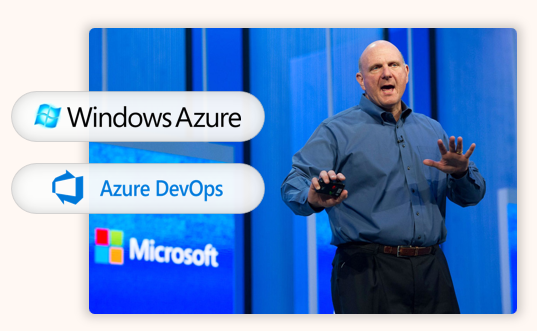
Cloud computing marked the next significant shift in the history of digital transformation at Microsoft. This transition, which began in 2010 under the leadership of CEO Steve Ballmer, signaled a major break with the previous era of physical IT infrastructure and an important step toward today’s distributed-computing world.
The launch of the cloud computing solution then known as Windows Azure heralded this new era, as we transitioned away from an IT philosophy focused on the Windows desktop client toward a more platform-agnostic view. Cloud computing infrastructure offered extensive advantages for the customer and for our own IT networks. (Azure was one of the earliest examples of our Customer Zero philosophy, a linchpin concept that continues to drive innovation here at Microsoft Digital.)
We started our journey by moving productivity workloads (Exchange and SharePoint) to the cloud. Then, we shifted new development to Azure and optimized modern applications to run in the cloud. We also moved existing applications targeted for migration to virtual machines. Today, 98.5% of our IT systems supporting employees run on Azure.
Cultural transformation
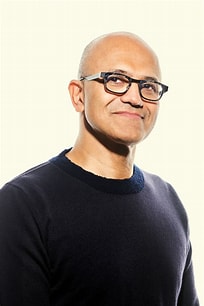
Another important shift during this era was the profound cultural transformation at Microsoft sparked by new CEO Satya Nadella, who rose to the top job at the company in 2014. (Nadella had previously run the Microsoft cloud computing and enterprise group, so he was already steeped in the idea of transformational change at the company.)
Before Nadella’s ascension, Microsoft had long been known for its extremely competitive, “know-it-all” culture. Employees succeeded by showcasing their own individual achievements and how their accomplishments exceeded their peers.
Nadella changed this ethos by championing a growth mindset, encouraging employees to be “learn-it-alls” rather than “know-it-alls.” The shift included placing new importance on how employees contributed to the success of others, a value that was incorporated into individual performance reviews. Nadella made this transformation his personal mission and directed leadership to propagate the new philosophy at all levels across the organization.
“Achieving our mission requires us to evolve our culture,” Nadella says. “It all starts with a growth mindset—a passion to learn and bring our best every day to make a bigger difference in the world.”
Some of the key principles that made up this new culture had a direct impact on our ongoing digital transformation journey. These included:
- Being willing to try new things and being unafraid to fail fast
- Obsessing over what matters to customers
- Seeking collaboration across teams rather than working in silos
- Making a difference in the world
The combination of the shift to cloud computing infrastructure and overhauling the company culture helped set the stage for the major technological innovations to come.
A new vision: The Modern Engineering era (2018-2023)
For years, IT at Microsoft had been order takers, doing what the business requested with limited ability to impact strategic priorities. That changed as we shifted to become a modern engineering organization. With support from our executive leadership, IT was elevated to primary engineering function at Microsoft. Rather than simply taking orders, the team was empowered to lead with a strong vision for the future on information technology. In fact, leading with vision is the primary hallmark of our Modern Engineering era. As we moved into this new era, we needed a clearly articulated view of our goals as an IT organization and the resources needed to achieve them.
Aligning our goals with the larger company vision pushes us beyond our day-to-day work and comfortable routines and enables us to deliver high-value work for the company. Every group within Microsoft Digital has its own clear, targeted vision grounded in what our customers need and the larger goals of the organization.
Role transformation
After the transition from the old model of traditional IT to cloud computing was fully underway, we tackled the next challenge: adapting the IT roles in our engineering organization to this new paradigm.
The Modern Engineering era

Operating an engineering organization in a cloud environment meant new roles, new skills, and a new mindset. With no need to manage hardware or server space, our modern IT professionals often worked more closely with business groups, which required higher-level strategic business chops. There was an increased emphasis on DevOps skills, Agile program management, and user-centric design principles.
In many cases, we were able to help our employees gain the skills required to work in this new environment—a product of the company’s emphasis on continuous learning and a growth mindset. At the same time, we looked for new hires who had these newer network-engineering skills and would be able to work alongside existing team members, helping them adapt to their new roles.
User-centric, coherent design
Our design philosophy puts the user—an employee or guest—at the heart of every decision we make at Microsoft Digital. This helps us align all facility services (both physical and digital) with the needs of our people and our company culture.
The goal of this approach is to make tasks that might have previously caused friction in an employee’s day simpler and easier. Instead of dealing with disconnected systems, user-centric design introduces consistent and logical flow between services. This makes it easier for people to access services, learn how to use them, and then put them to good use.
Microsoft also embraces coherent design across all our products. A similar look and feel, along with familiar usage patterns, accelerates employee usage and adoption.
Embracing work-from-anywhere capability
During the pandemic, when our workforce was still fully remote, our organization was already starting to think about what the new hybrid workplace would look like when people started returning to the office. We identified three key dimensions of the employee experience:
- Physical spaces: We partner with Global Workplace Services to create spaces that support an inclusive approach to hybrid productivity.
- Digital capabilities: We keep employees productive and the environment safe and secure no matter where they’re located or how they connect.
- Culture: A strong partnership with HR ensures the digital employee experience connects with and embodies our aspirational company culture.
Customer Zero at Microsoft
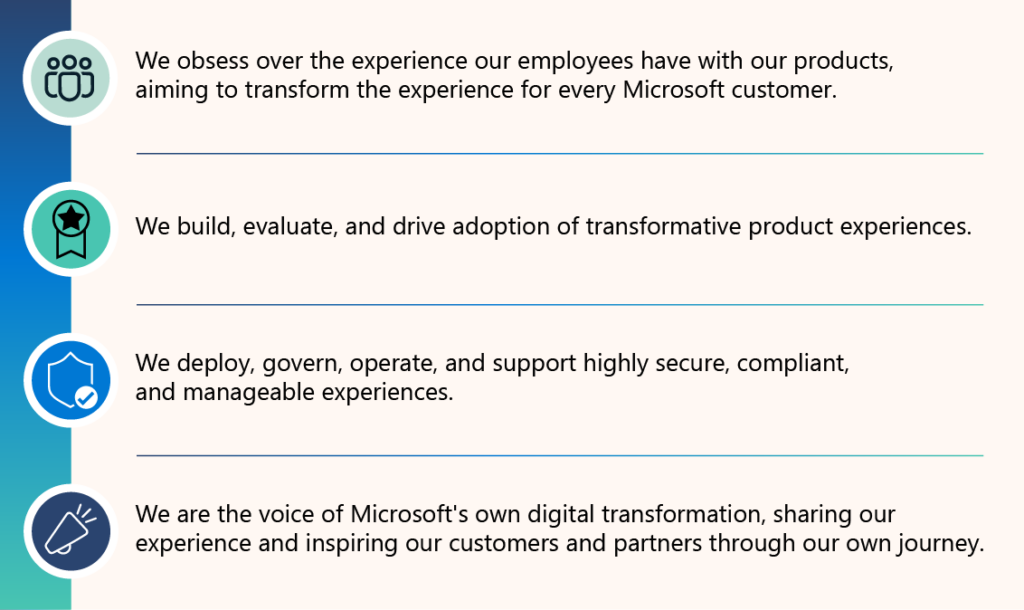
Customer Zero
Our term for employee obsession with Microsoft products is “Customer Zero.” At Microsoft Digital we take pride in being the first customer for a wide variety of Microsoft products and services, obsessing over our own employee experience in order to create products that enable every person on the planet to be more productive.
Being Customer Zero means forging a deep partnership between our IT organization and product engineering groups to envision the right experiences, co-develop innovative solutions, and then listen to and act on insights gathered from our employees. We work together to stay grounded in the way our employees use our products every day, so your employees can benefit from our insights.
{Read about how we’re improving our employee experience through our Customer Zero focus.}
Managing shadow IT with a culture of trust
Shadow IT is the unknown and unmanaged set of applications, services, and infrastructure that are developed and managed outside standard IT policies. Shadow IT typically crops up when engineering teams are unable to support the needs of non-engineering partners, a situation that could arise from a lack of available engineering capacity or the need for specialized domain solutions.

While earlier eras of our IT history focused on trying to prevent shadow IT, we are now concentrating on managing it. We use Azure best practices to optimize shadow IT and Microsoft 365 governance policies to ensure that our corporate security, privacy, and accessibility standards are being met.
{Learn how optimizing our Microsoft Azure usage is helping us manage our Shadow IT.}
The AI era (2023 to present)
The latest chapter in the history of our organization’s digital transformation is defined by the integration of AI into all our operations. AI is revolutionizing how Microsoft approaches IT and business processes, driving efficiency and innovation across the board.
In the last several years, we’ve demonstrated our commitment to completely rethinking every dimension of IT. From the apps, workflows, and services that power our employee experience to the network, infrastructure and devices that enable employee productivity, our AI-focused investments provide a solid foundation for the innovations that are coming fast.
“The potential for transformation through AI is nearly limitless,” says Nathalie D’Hers, corporate vice president of Microsoft Digital. “We’re evaluating every service in our portfolio to consider how AI can improve outcomes, lower costs, and create a sustained competitive advantage for Microsoft and for our customers.”
As we look at the future of Microsoft Digital, we’re focusing on three high-level priorities: security, service fundamentals, and corporate functions growth. We’ll work to excel in all three areas with the help of our industry-leading AI tools and technologies.
Securing our future
Security is our highest priority at Microsoft Digital. Spearheaded by Nadella, the Secure Future Initiative brings together every part of Microsoft to ensure the highest level of cybersecurity protection across the company in all our products.
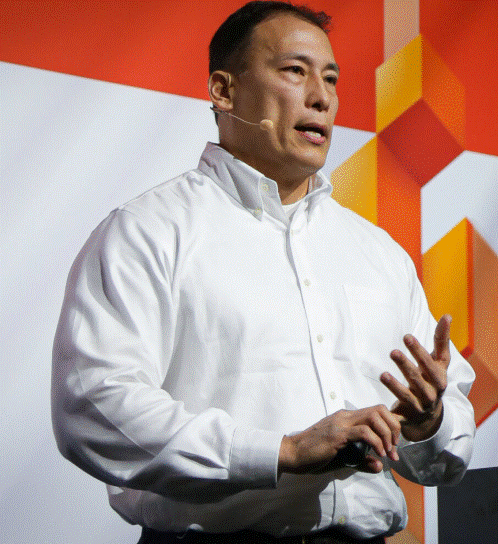
“Prioritizing security above all else is critical to our company’s future,” Nadella says. “Every task we take on—from a line of code to a customer or partner process—is an opportunity to help bolster our own security and that of our entire ecosystem. If you’re faced with a tradeoff between security and another priority, your answer is clear: Do security.”
The Secure Future Initiative is built on three core principles: Secure by design, secure by default, and secure operations. As the company’s IT organization, we work relentlessly to fulfill the key pillars of the Secure Future initiative across all our systems, including:
- Safeguarding identities and secrets
- Protecting tenants and isolating production systems
- Securing networks and engineering systems
- Enhancing threat detection
- Expediting response and remediation
“Our mission is to power and protect Microsoft, and that starts with an unwavering commitment to the Secure Future Initiative,” says Brian Fielder, vice president for tenant and platform management at Microsoft Digital.
Secure Future Initiative | Microsoft
Transforming and securing our network and infrastructure
We’re focused on using AI to infuse data-driven intelligence into every part of our infrastructure and network operations. This allows us to optimize network operations and increase security while simultaneously improving outcomes.
Examples include:
- Network observability and governance: Ensuring data accuracy, eliminating non-compliant hardware and software, and real-time updates
- Securing endpoints: Device management, asset management, and patching
- Zero Trust networking: Isolating device classes and limiting attacker’s movements across the network
- Network access: Azure VPN, identity management, and Secure Access Workstation (SAW) infrastructure security
{Learn more about transitioning to modern access architecture with Zero Trust.}
Device management
We manage a vast network of more than 1 million interconnected employee devices, including more than 264,000 Windows devices. Managing these devices requires significant time and resources, generating more than 12,000 support tickets weekly.
To manage this enormous set of devices, we’re investing in a range of new AI-powered device capabilities that span the entire device lifecycle. These include:
- Integrated employee device procurement
- AI-powered predictive maintenance and intelligent troubleshooting
- Advanced insights and data-driven device administration
- Device security and vulnerability management
- Remote worker device experience
- Meeting rooms and calling
{Check out how we’re rethinking device management internally at Microsoft with AI.}
Foundations: Service fundamentals
The second pillar of our three major Microsoft Digital priorities is to maintain the highest standards of service fundamentals. These are the essential capabilities and practices that enable us to deliver reliable, secure, and compliant services. Adhering to the highest standards of service fundamentals ensures that our organization continues to play a critical role in running the company’s business, enabling innovation, agility, and resilience in a fast-changing and competitive environment.
Solid foundations
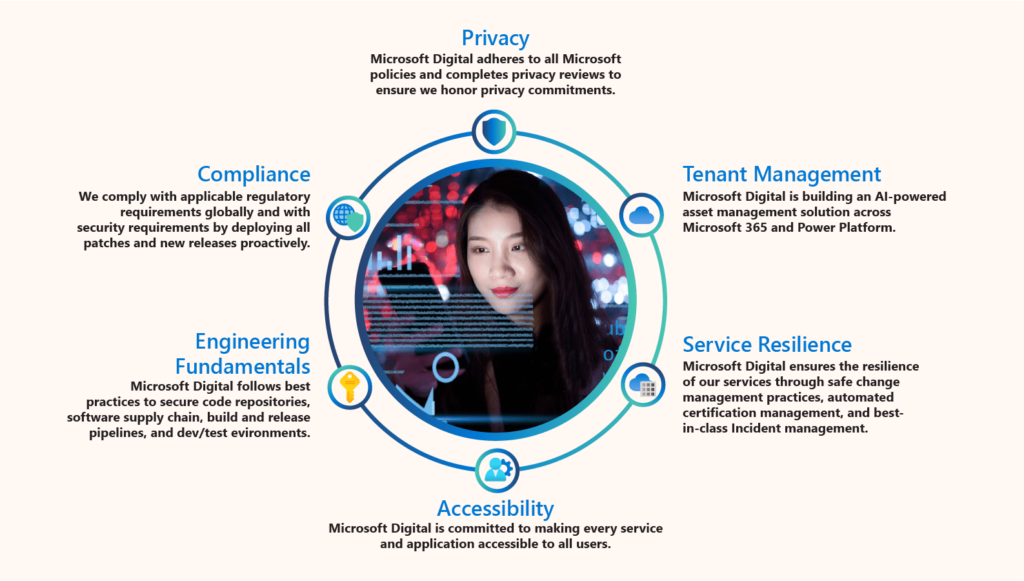
We’ll accomplish this by focusing on the following areas:
- Compliance: In addition to regulatory compliance, where we’ll align with the requirements of all global jurisdictions that apply to us, we’ll continue to improve our security posture by deploying all patches and new releases as required.
- Privacy: We’ll maintain privacy controls in accordance with company policies and complete privacy reviews as appropriate. This priority will assume even greater significance as we develop new AI capabilities.
- Accessibility: We’ll continue investing in making our services accessible to all users. This includes using the latest accessibility tools and trainings, following all Microsoft standards, and conducting accessibility testing.
- Resilience: We’ll ensure the resilience of our services through sound service excellence practices that minimize business impact due to service outages. These include safe change management to minimize disruptions due to code or configuration changes, automated certification management, and best-in-class incident management.
- Engineering fundamentals: In addition to our ongoing focus on adopting AI capabilities that enable more efficient and higher-quality development of solutions, we’ll continue to follow best practices for securing code repositories, software supply chains, build and release pipelines, and dev and test environments.
- Tenant management: With the help of AI, we’re building a coherent asset management solution across Microsoft 365 and Power Platform to serve both admins and users. We’ll prioritize securing the tenant, limiting reach and access, and applying zero trust principles to make our systems secure by default.
Defragmenting our employee experience
Our vision is to deliver a unified, connected, and personalized experience where users can access employee data, tools, and insights from one place. One of the key ways we’re doing this is with Microsoft 365 Copilot, which functions as a “UI for AI” across our employee services and tools. An example is our Employee Self-Service Agent in Microsoft 365 Copilot, an AI-driven tool that helps employees more efficiently find context-specific answers to their questions using natural-language queries.
“We see AI as the key to unlocking the full potential of our employees, delivering personalized experiences that empower us to work smarter, faster and happier—unleashing the innovation and collaboration necessary for our success,” MacDonald says.
To achieve our vision, we’re building a workplace where AI defragments the employee experience by:
- Providing contextual support in the flow of work.
- Reducing the number of sites and apps an employee must remember.
- Using Microsoft 365 Copilot as the “UI for AI,” making it simple for employees to find information, to take action, and even to fully automate certain repeatable tasks.
Tenant management
We manage one of the most complex tenants anywhere. Governance today is a somewhat fragmented experience, with no clear mechanism for IT to safely enable self-service asset creation for sites, Teams, groups, Power Apps, and so on. These unmanaged assets increase the risk of over-sharing sensitive data and compromise the health and security of our IT environment.
In the world of AI, security through obscurity is no longer a viable option. This means data hygiene, permission management, and data protection are essential to providing trustworthy AI tools that don’t overexpose sensitive content, while still providing quality responses.
{Read about one way we’re improving security by protecting elevated-privilege accounts at Microsoft.}
Transforming our support experience
We’re using generative AI to transform the way our employees interact with our support services. IT issues will be either auto-remediated or resolved remotely and instantly through conversational, personalized, and contextualized solutions, often without agent intervention.
We’ll accomplish this with a focus on the following:
- User experience: Self-help will use Copilot for Helpdesk (a declarative agent tool) to provide personalized, accurate, and cost-effective issue resolution. Notably, a seamless transition to human agents can occur even while the user stays within Copilot.
- Agent experience: Operational efficiency and automation powered by Copilot for Service will be integrated into the Service Operations Workspace. The service includes chat and incident summarization that recommends next-best actions and drafts contextual answers to queries.
{Find out how we’re modernizing our internal Help Desk experience with ServiceNow.}
Corporate functions growth
Our third major priority in Microsoft Digital is to improve how we support the company’s corporate functions organizations, including HR, legal, and building services. This is a particular challenge, as all these teams are being asked to do more with less today; Microsoft can no longer afford to grow operational costs at the same rate as in the past.
AI will play a fundamental role in transforming the business workflows of our corporate functions partners while improving operational efficiency, user productivity, regulatory and corporate compliance, and data-driven decision making. It will revolutionize the way they operate by automating repetitive and time-consuming operational tasks.
“With AI, we have so many new ways to innovate,” says Patrice Pelland, a partner engineering manager for Microsoft Digital. “From saving valuable time for our legal professionals, to optimizing building occupancy, to helping our HR professionals support employees in the hybrid workplace, we have incredible potential to make our corporate functions more efficient and impactful.”
Some of the corporate functions areas that we hope to grow by taking advantage of AI capabilities and related increased efficiencies include:
- Human Resources: We’ll advance the mission of the company’s HR organization by using AI-driven workflow scenarios such as enhanced communications support and intelligent recruiting throughout the candidate experience.
- Legal: Our vision for integrating AI into Corporate, External, and Legal Affairs (CELA) includes more discoverable legal findings, better corporate document management with the Docufy platform, enhanced engagement with Microsoft Philanthropies, and accelerated support for business-critical functions such as immigration, contracting, and insider trading compliance.
{Read how AI is revolutionizing the way we support corporate functions at Microsoft.}
- Global Workplace Services: In supporting the technology needs for more than 570 company buildings worldwide, we are poised to use AI and related innovations to implement cost savings in the areas of workspace management, facilities management, and financial systems for GWS operations.
{Find out more about using AI to enhance flexible work at Microsoft.}
- Travel and expense: Our plan is to work for near elimination of the traditional expense reporting process through AI-based and touchless experiences, driving simplification and productivity gains.
{Check out how OneExpense transformed our employee expense reporting.}
A catalyst for change and growth
Microsoft’s digital transformation is a story of evolutionary change, resilience, and adaptation across multiple eras of information technology. From our origins as a traditional IT organization to becoming a modern engineering organization focused on driving AI-powered innovation, we in Microsoft Digital remain a catalyst for change within the company and our industry.
With our insights borne of customer and employee obsession, we’re committed to streamlining IT operations while prioritizing security, revolutionizing user services, and facilitating corporate functions growth and development. All with the overarching goal of making Microsoft employees everywhere more productive while showing our customers and partners what’s possible as we move forward together into the future of IT.
“We’ve been through many eras of IT at Microsoft, and I’m so excited to lead Microsoft Digital during this era of AI,” D’Hers says. “The future of IT has never been so exciting!”

Our IT digital transformation story offers valuable lessons for organizations in the midst of their own IT journey. They include:
- Be vision-led: A clear, articulated vision is crucial for driving transformation.
- Foster a growth mindset: Encourage continuous learning and adaptability among employees (“learn-it-all” culture).
- Invest in people: Upskill and reskill your workforce to keep pace with technological advancements and emphasize diversity of skills and experience.
- Insist on security: Prioritize security in all aspects of operations to safeguard data and maintain trust.
- Focus on collaboration and partnership: Create successful hybrid work environments to foster strong partnerships across functions.
- Seek continuous improvement: Learn from the past and use those lessons to shape the future.
- Embrace AI: Take advantage of AI tools and technologies to drive efficiency, innovation, and security.

- Learn more about our vision for using AI and Microsoft 365 Copilot internally at Microsoft.
- Read about how we boosted our HR and IT services with a new Employee Self-Service Agent in Microsoft 365 Copilot.
- Learn more about how we drive business advantage by bringing AI to every corner of our organization.
- Access our guide for executives that walks through how to deploy Microsoft 365 Copilot at your company.
- Check out how we’re embracing the new era of AI-powered agents in our organization.

